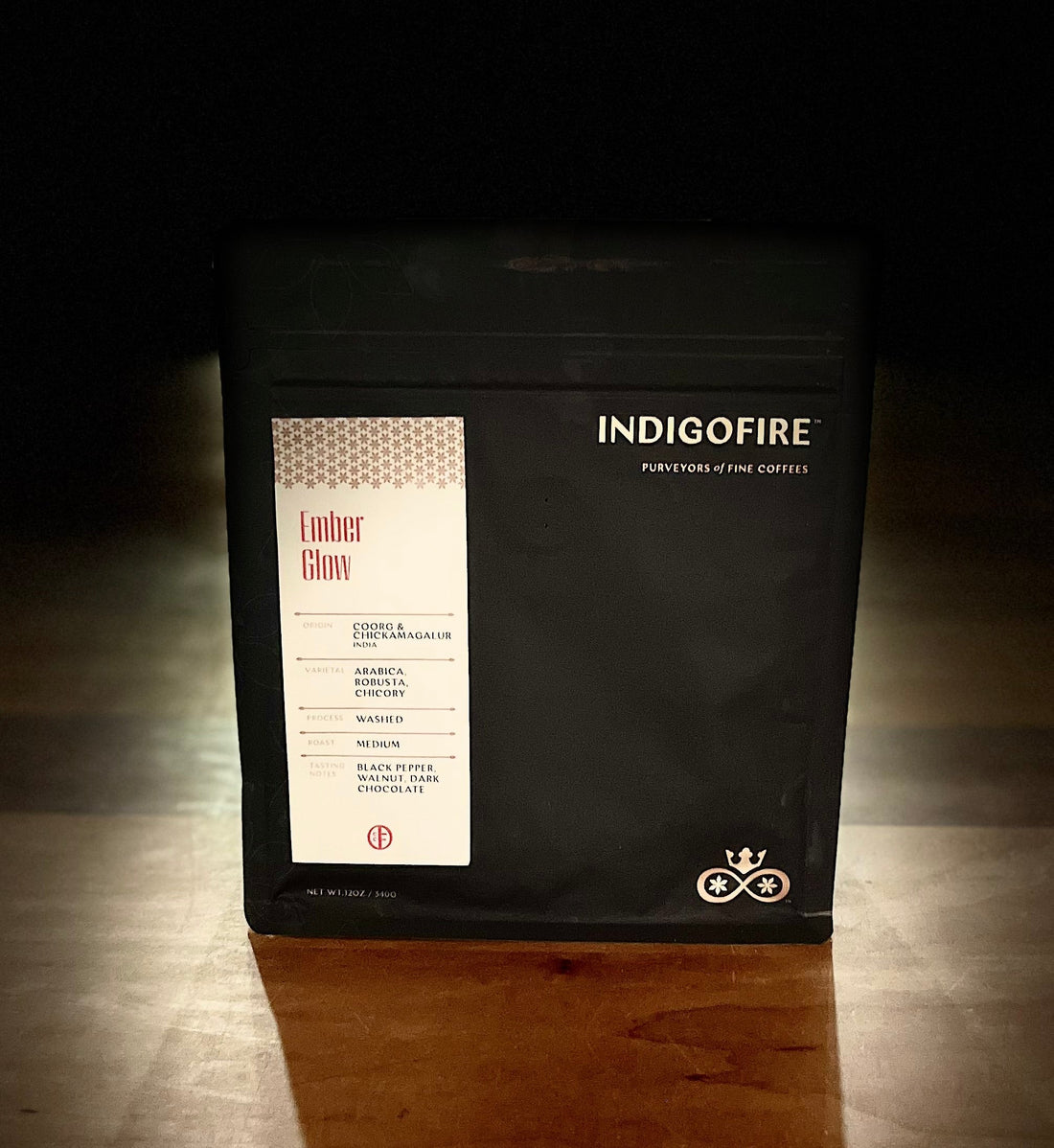
A Love Letter to South Indian Filter Coffee: History, Taste, and How to Brew It
Share
There’s something magical about South Indian filter coffee. It’s more than just a beverage—it’s a ritual, a tradition, and a burst of nostalgia for anyone who’s ever sipped it from a stainless steel tumbler. Whether you’re a coffee aficionado or a curious newbie, let’s dive into its rich history, irresistible taste, and the art of making it at home.
A Sip Through History
South Indian filter coffee traces its roots back to the 17th century when coffee first arrived in India. Legend has it that a Sufi saint named Baba Budan smuggled seven coffee beans from Yemen, planting them in the hills of Chikmagalur in Karnataka. From those humble beginnings, coffee cultivation spread across South India, thriving in the cool, misty estates of Tamil Nadu, Karnataka, and Kerala.
By the 19th century, coffee had woven itself into South Indian culture, but it wasn’t until the early 20th century that the iconic “filter coffee” method took shape. British colonizers introduced coffee to Indian households, but locals adapted it to their tastes, blending it with chicory (a root that adds a woody, caramel-like depth) and perfecting a slow-drip brewing technique. The result? A bold, aromatic brew that’s distinctly South Indian.
The Taste That Captivates
What makes South Indian filter coffee so special? It’s a symphony of flavors—strong yet smooth, slightly sweet, and creamy with a hint of earthiness from the chicory. The coffee is traditionally brewed strong, then softened with hot milk and a touch of sugar, creating a velvety texture that coats your palate. Served in a stainless steel tumbler with a small matching saucer (called a dabara), it’s often poured back and forth to cool it down, adding a frothy layer that’s pure bliss.
The first sip hits you with a robust coffee punch, followed by the subtle sweetness and warmth of milk. It’s comforting yet invigorating—perfect for a slow morning or a mid-afternoon pick-me-up.
How to Make South Indian Filter Coffee at Home
Ready to brew your own? You’ll need a traditional South Indian coffee filter—a two-chambered stainless steel device—but a French press can work in a pinch. Here’s a step-by-step guide:
Ingredients:
- 3 tablespoons freshly ground coffee (a mix of Arabica and Robusta, ideally with 10-20% chicory)
- 1 cup water
- 1 cup milk
- 1-2 teaspoons sugar (adjust to taste)
Equipment:
- South Indian coffee filter (or a substitute like a French press)
- Stainless steel tumbler and dabara (optional but authentic!)
Steps:
- Assemble the Filter: Place the ground coffee in the top chamber of the filter. Gently press it down with the perforated disc, but don’t pack it too tight—let it breathe.
- Brew the Decoction: Boil water and pour about ½ cup (120 ml) slowly over the coffee grounds. Cover the filter and let it drip into the bottom chamber. This takes 10-15 minutes for a thick, concentrated “decoction.” Patience is key!
- Heat the Milk: While the coffee drips, warm the milk until it’s hot but not boiling. Froth it up a bit if you can.
- Mix It Up: In your tumbler, add 2-3 tablespoons of the coffee decoction (adjust for strength), sugar, and pour in the hot milk. Stir well.
- The Pour: Pour the coffee between the tumbler and dabara a few times from a height to cool it slightly and create that signature froth.
- Enjoy: Sip slowly, savoring the warmth and aroma. Pair it with a crispy dosa or a plate of vada for the full experience.
Tips for the Perfect Brew
- Use freshly roasted and ground coffee from South Indian estates like Coorg or Wayanad for authenticity.
- Chicory is optional but traditional—skip it if you prefer a purer coffee taste.
- Experiment with the coffee-to-milk ratio to suit your palate.
A Cultural Cup
In South India, filter coffee isn’t just a drink—it’s hospitality in liquid form. Offered to guests, enjoyed during family chats, or savored at roadside stalls, it’s a thread that ties people together. Next time you sip it, imagine the centuries of stories brewed into every drop.
So, grab your filter, roast some beans, and let the aroma of South Indian filter coffee fill your home. Have you tried it before? Let me know in the comments—I’d love to hear your coffee tales!
